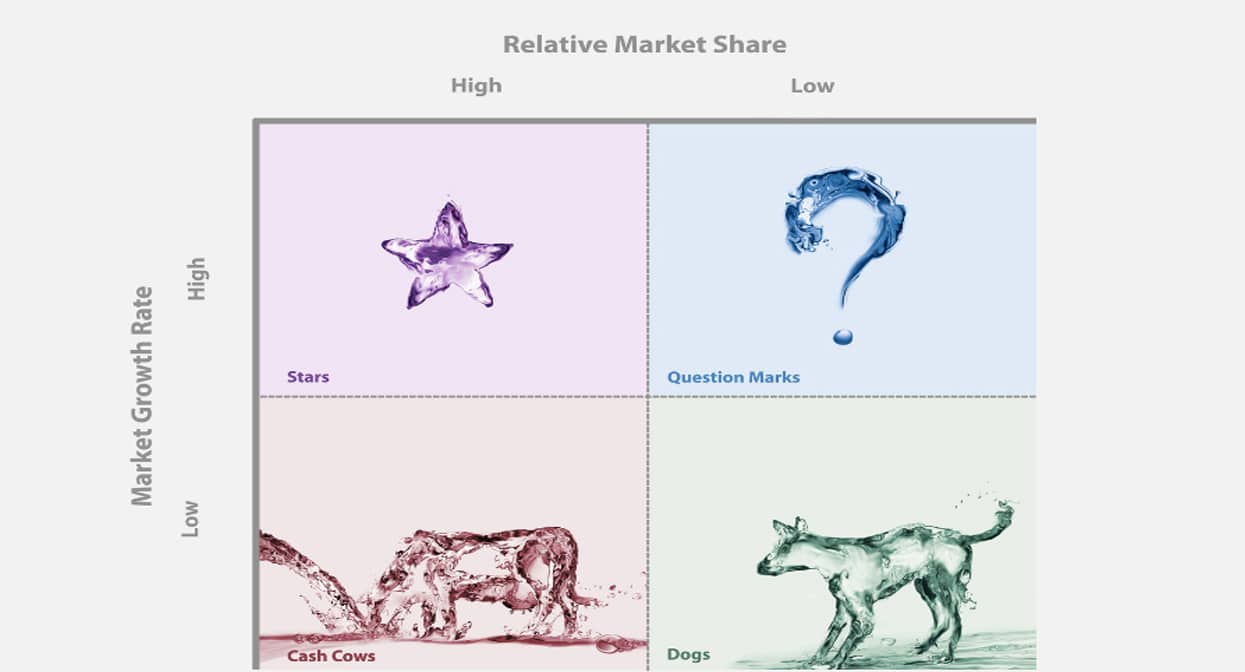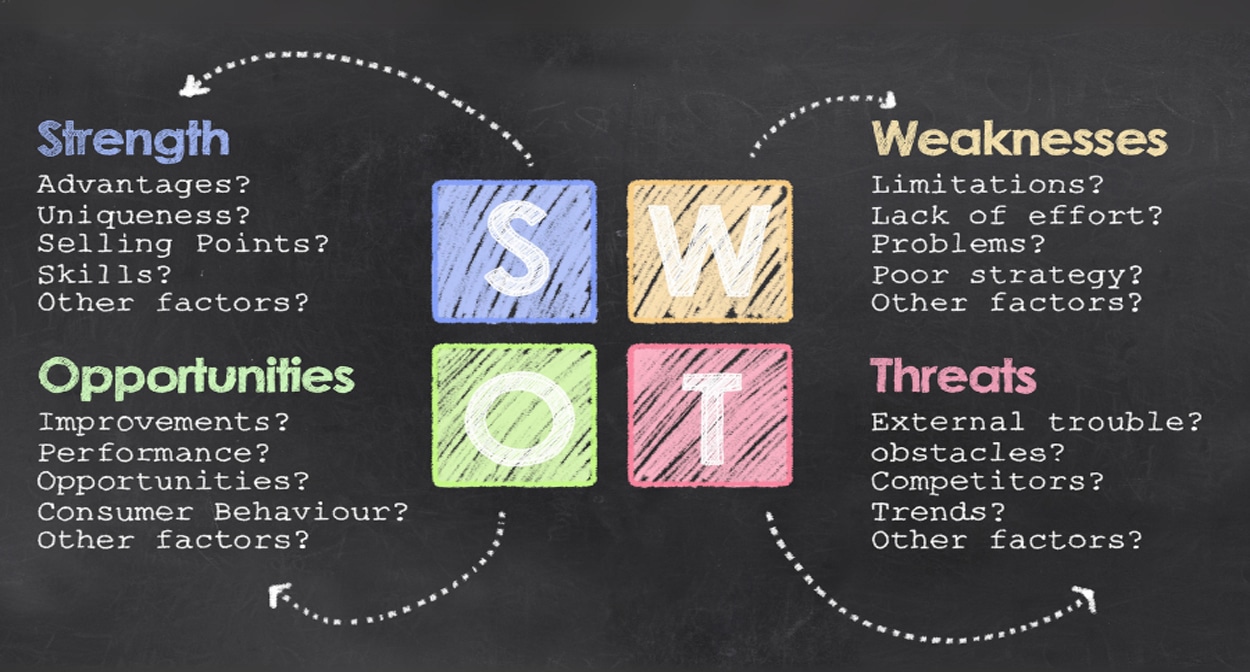Step 1: Build Your Feature Matrix

- List key features: Think price, service, functionalities, guarantees, even brand image.
- Include direct & indirect competitors: Don’t underestimate the “different solution, same problem” players.
- Add unique features: Highlight what sets you and your competitors apart.
Example: Let’s compare fitness trackers:
Step 2: Conduct a SWOT Analysis

- Strengths: What features excel yours above the competition?
- Weaknesses: Are there areas where competitors have you beat?
- Opportunities: Can you leverage market trends or competitor weaknesses?
- Threats: How might competitors’ strengths or emerging technologies impact you?
Example:
Strengths: Fitbit – Affordable, beginner-friendly. Apple Watch – Stylish, integrated ecosystem. Garmin – Advanced features, GPS focus.
Weaknesses: Fitbit – Limited customization, no GPS. Apple Watch – Expensive, requires iPhone. Garmin – Less user-friendly interface.
Opportunities: Fitbit – Partner with healthcare providers, target budget-conscious market. Apple Watch – Expand app development, target health-conscious professionals. Garmin – Offer simplified interfaces, attract fitness enthusiasts.
Threats: Emerging wearable tech with advanced features, changing consumer preferences.
Step 3: Define Your Competitive Advantage

- Translate features into value: Does your price point make you accessible? Does your customization empower users?
- Focus on what competitors lack: Do you offer a unique community experience? Personalized coaching?
- Speak your target audience’s language: How do your benefits solve their specific pain points?
Example:
- Fitbit: “Empower your wellness journey with an affordable, user-friendly tracker that fits your budget and lifestyle.”
- Apple Watch: “Stay seamlessly connected, motivated, and healthy with a stylish smartwatch that integrates seamlessly with your Apple ecosystem.”
- Garmin: “Push your limits and achieve your fitness goals with an advanced, data-driven tracker designed for serious athletes.”
Remember: Competitive advantage isn’t just about having the most features. It’s about understanding your audience, leveraging your strengths, and communicating the value you uniquely offer. By mastering Feature Comparison and Competitive Advantage, you’ll transform competitor analysis from a chore into a strategic weapon!
Bonus Tip: Keep your analysis dynamic! Regularly revisit your matrix and SWOT to stay ahead of the curve. Remember, the marketing arena is constantly evolving, so be the gladiator who adapts and thrives!


